Activity Content Sections
Instructions
Relevant Terminology
Acceleration: The process of moving faster or happening more quickly. A roller coaster is designed to create lots of acceleration!
Centripetal force: The force that keeps an object on a curved path. When you are on a merry-go-round and you feel as if you’re going to fly off of it but instead you hold on and keep going around, you are experiencing centripetal force.
Friction: The force that slows objects down when they are rubbing against each other. Some things make lots of friction, like brakes on a tire, and some make very little friction, like skates on ice.
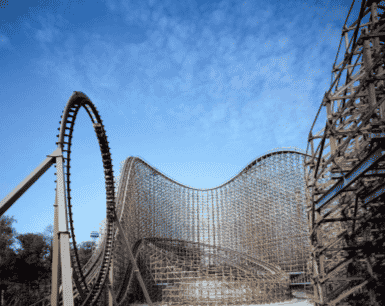
‘Son of Beast” roller coaster at King’s Island, Ohio. Roller coasters are engineered for thrills, but also structural support and safety. Credit: Carol M. Highsmith/Library of Congress.
Inertia: The tendency of an object in motion to stay in motion or an object at rest to stay at rest. If you’re zooming down the road on your bike, your bike doesn’t suddenly stop unless you put on the brakes. And if your bike is parked, it doesn’t suddenly start moving. Both of these are examples of inertia.
Kinetic energy: Energy of motion. The marble rolling along its course is using kinetic energy.
Momentum: The amount of mass in motion. An object’s momentum depends on how much matter (its mass) is moving and how fast it’s moving. A boulder speeding down a mountain has much more momentum than a marble rolling slowly across the floor, and would require much more energy to stop it. (For older participants: momentum is the product of an object’s mass and its velocity.)
Potential energy: Stored energy. Anything that can move but isn’t has potential energy. A marble before it starts rolling has potential energy. Once it starts rolling, it has kinetic energy.

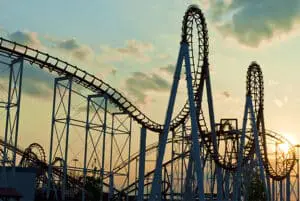


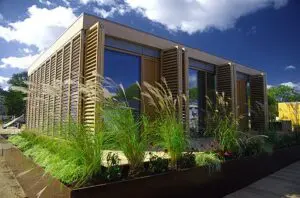
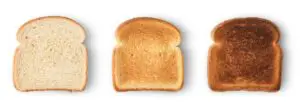
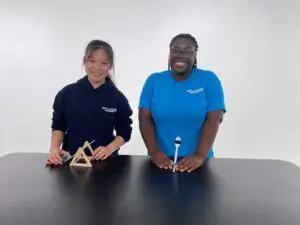

Leave feedback form
Thank you! Your submission is processing.